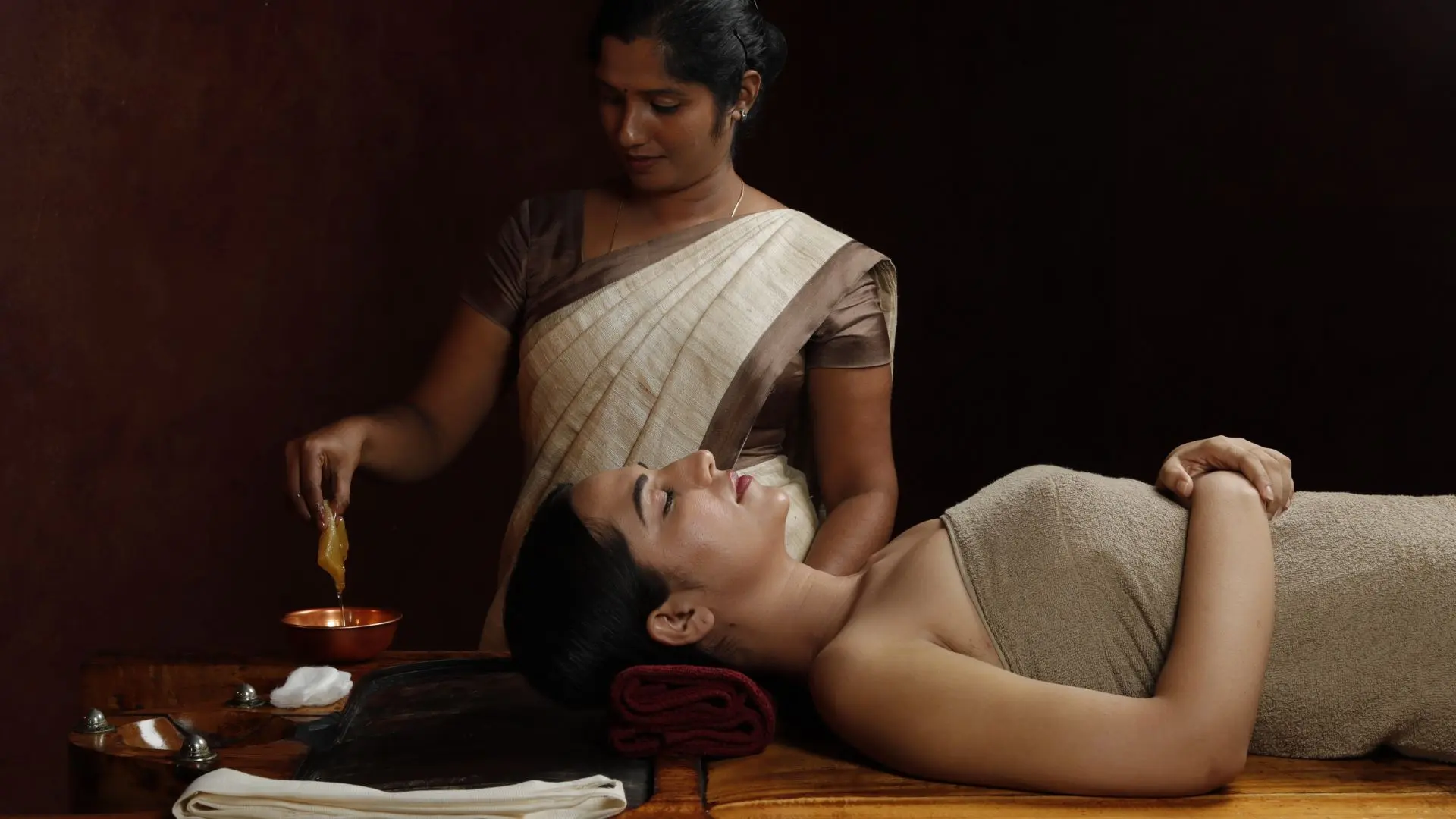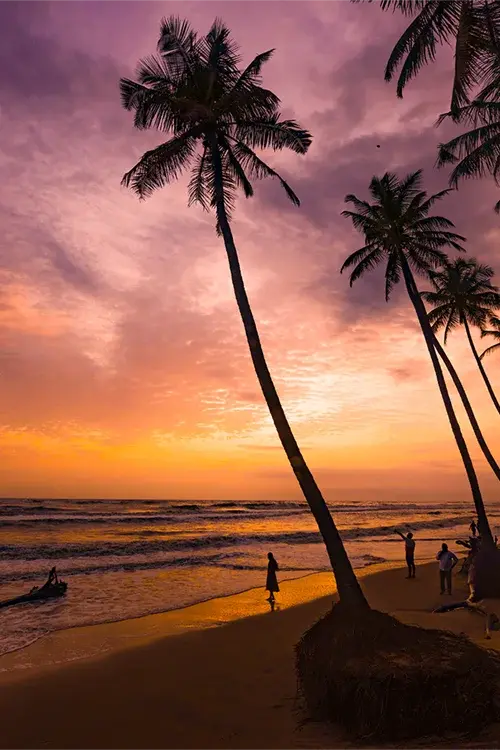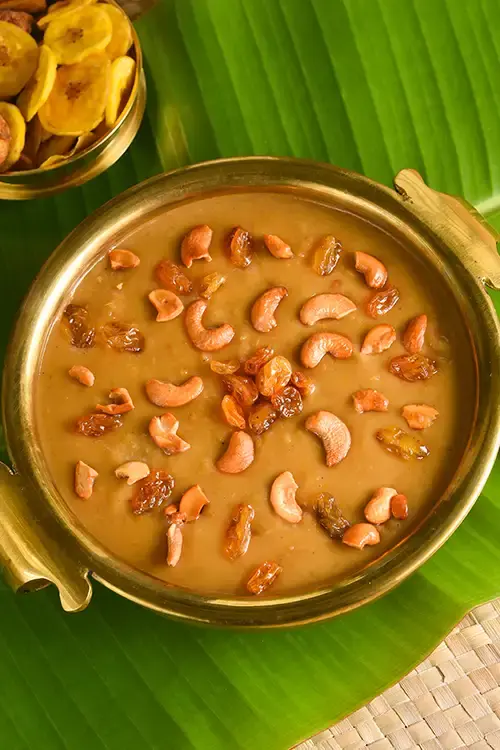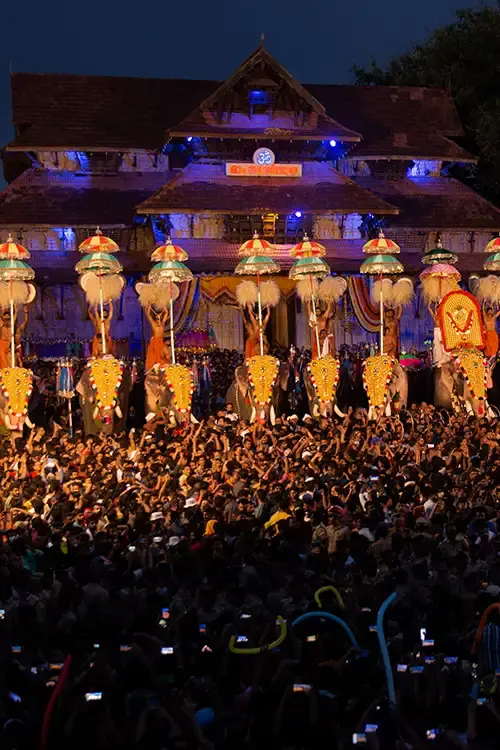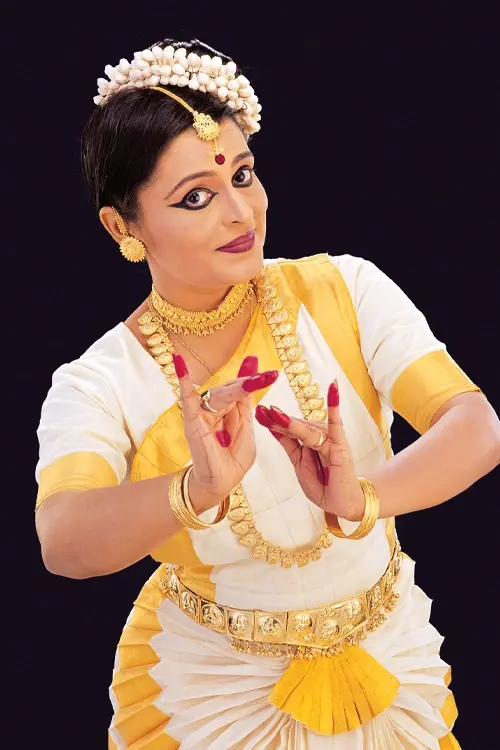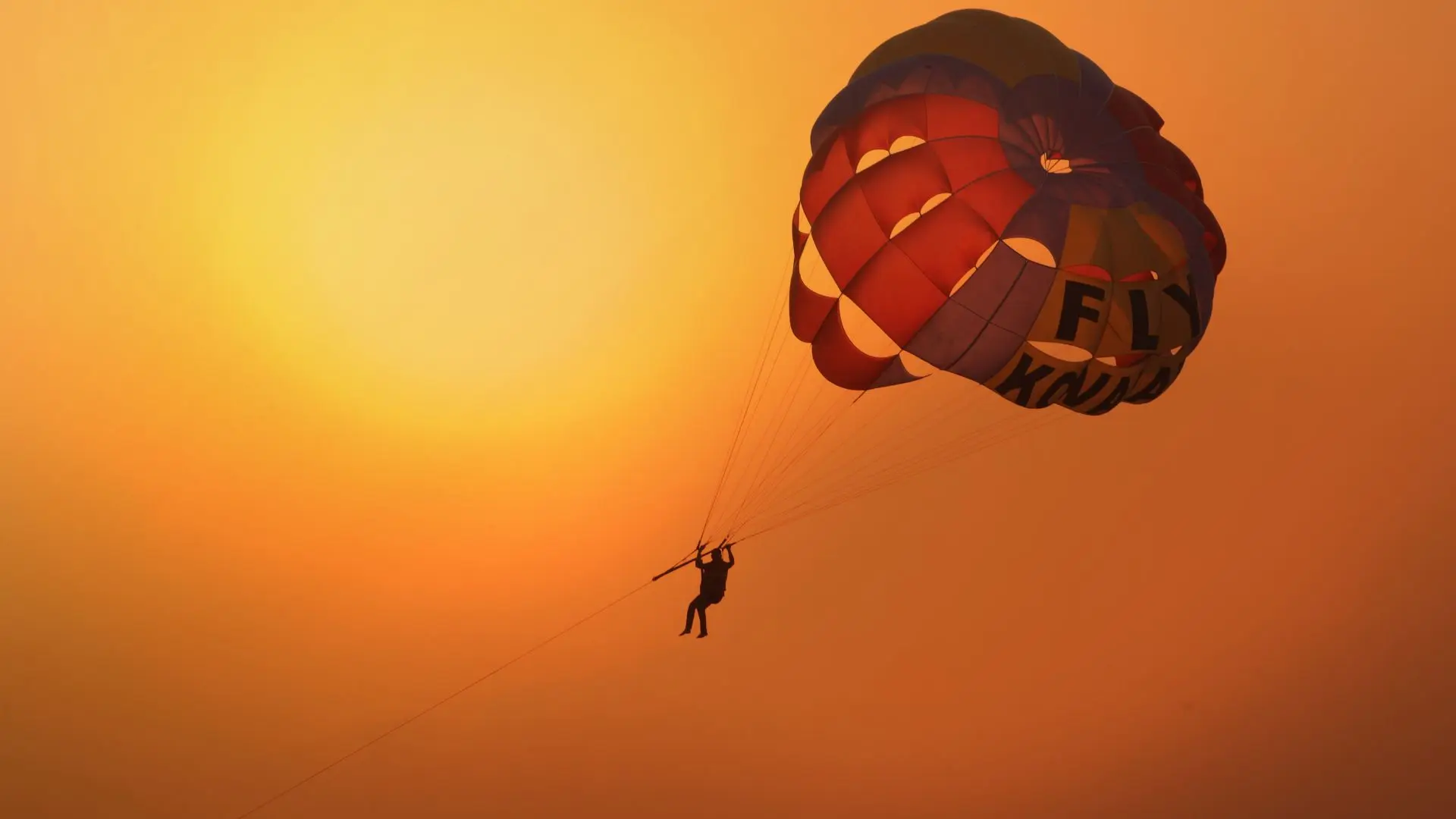FAQ
Is Bhuta kola popular in Kasaragod in northern Kerala?
Bhoota Kola is a ritualistic art form practised in the Dakshina Kannada and Udupi districts of Karnataka as well as the northern parts of Kasaragod district in Kerala. The term Bhoota Kola or Bhuta Kola is derived from the Kannada words buddha, meaning ‘spirit’ or ‘deity’, and kola, meaning ‘play’.
The Bhoota Kola performance shares many similarities with the Theyyam ritual in northern Kerala, particularly in terms of attire, makeup, dance movements and its tribal origins. Both art forms involve elaborate costumes and intricate face paintings, and are performed as a way to invoke deities or spirits, making them significant cultural and spiritual expressions in the region.
